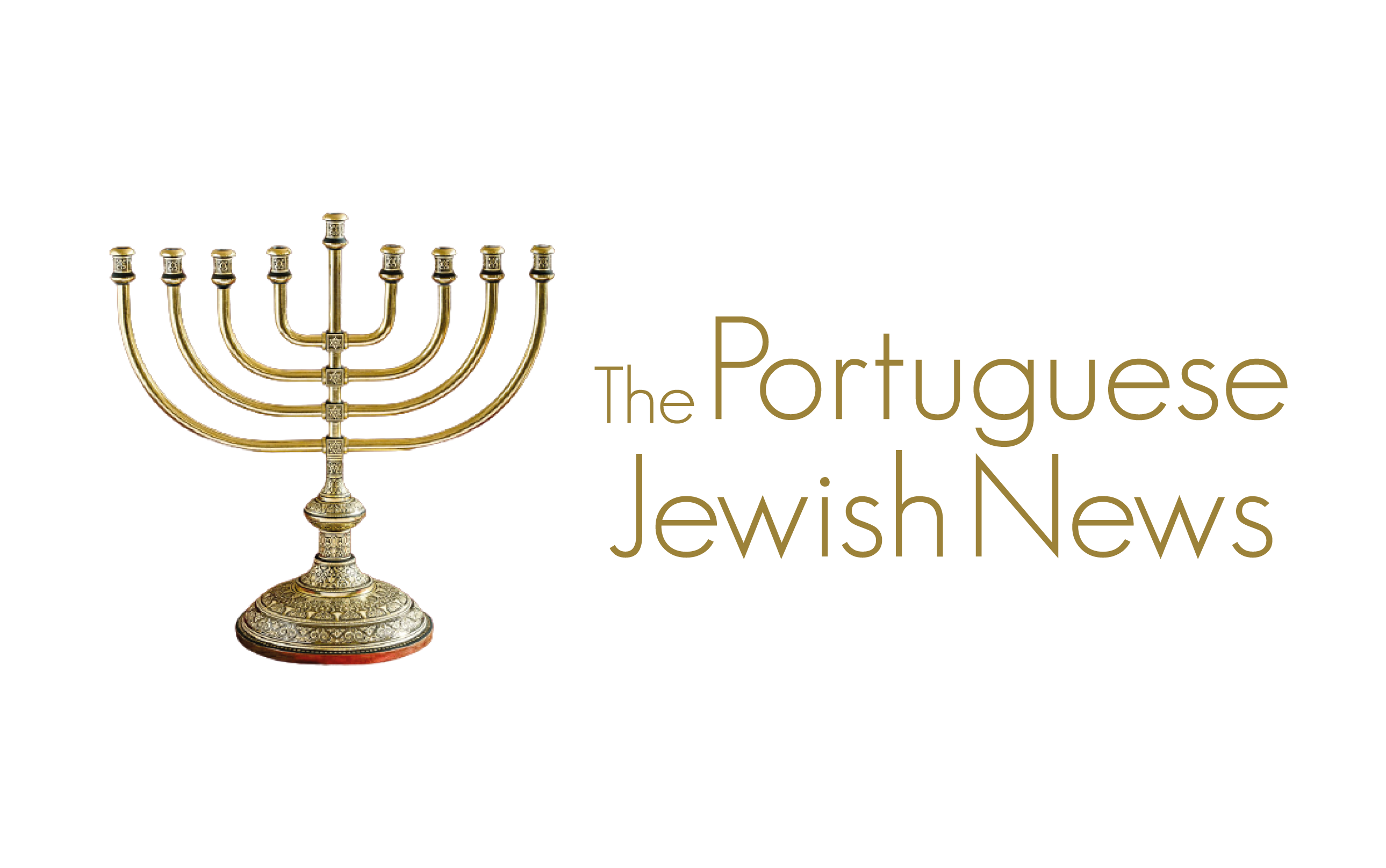The Training Courses organised by the Centre for Jewish Education of Oporto aim to provide the tools needed for teachers of public and private schools to communicate about, reflect on and bring awareness to their students about topics such as Jewish History, the Holocaust and Antisemitism. I had the privilege of participating in two training actions before the pandemic. The deep friendship generated between the school teachers and the members of the Jewish community who were present was superb.
On 20th September 2021 a similar course took place at the Holocaust Museum. On this occasion, teachers were offered copies of the book "Ten Myths Against the Jews". The content and importance of these myths in the historical context of the Holocaust and the present were explained at the beginning of the event by Dara Jeffries, one of the Vice Presidents of the Jewish community of Oporto.
In her book Ten Myths about the Jews, Brazilian historian Maria Luiza Tucci Carneiro unmasks the roots of anti-Semitism and exposes contemporary prejudices. The myths are kept alive by means of constant repetition and re-elaboration. Even though Jews are integrated into western society in multiple ways, antisemitic myths against the community have been particularly resilient and ten omnipresent accusations were configured in axioms that became myths:
Myth 1: The Jews killed Christ.
Myth 2: The Jews are a secret entity.
Myth 3: The Jews control the world economy.
Myth 4: There are no poor Jews.
Myth 5: The Jews are greedy.
Myth 6: The Jews have no homeland.
Myth 7: The Jews are racists.
Myth 8: The Jews are parasites.
Myth 9: The Jews control the media.
Myth 10: The Jews manipulate the United States.
This book is highly recommended for anyone of good faith to read, and it should be freely distributed in schools. I will not be able to give a more in-depth summary of that book here, but I will now expose five ancient myths as they were taught in a course for teachers given in 2019 by the Jewish community in Porto and in which I participated as a speaker.
1. The Jews are a race.
There are no racial genes in the human species, merely peoples that adapted and developed in their place of origin. The Jews include in their midst a large number of such people. At the foot of Mount Sinai, 3300 years ago, Hebrew slaves and of all nations joined together as one people. Their expulsion from Judah, two millennia ago, gave rise to a history of constant migrations, tribulations, persecutions and voluntary or forced connections to a great diversity of nations and people. This, together with the rare conversions to Judaism, determined a high degree of miscegenation of the Jewish people, which presents examples of features that are typical of the overwhelming majority of the peoples.
2. The Jews are foreigners.
The Jews have lived in the territory that is now Portugal for at least two thousand years, long before the foundation of the nation. The fact that they profess a different religion does not make them foreigners.
3. The Jews conspire to rule the world.
As a result of the persecutions suffered by the Jews throughout history, only the strongest and fittest survived, those with a greater competitive instinct. The important positions that many Jews hold in such diverse areas as science, politics, finance, philosophy, art, music, trade, etc., is the only explanation for this fact.
4. The Jews are rich, there are no poor Jews.
Jews honor the religious obligation of tzedakah (the obligation that every Jew has to give at least 10% of his earnings to the needy), which contributes to improve or disguise many cases of poverty. It also creates a vast network of solidarity around the synagogues and other institutions, but even so current Jewish communities include a large number of poor people.
5. The Jews killed Jesus.
Jesus was killed by the Romans and because his mother was a Jew, he was Jewish. The Last Supper is no more than the celebration of the Jewish Passover. Jesus’ disciples were also Jewish. Three decades after Jesus died, his followers still prayed in the Temple of Jerusalem and fulfilled Jewish religious obligations. They were members of the Jewish people.


